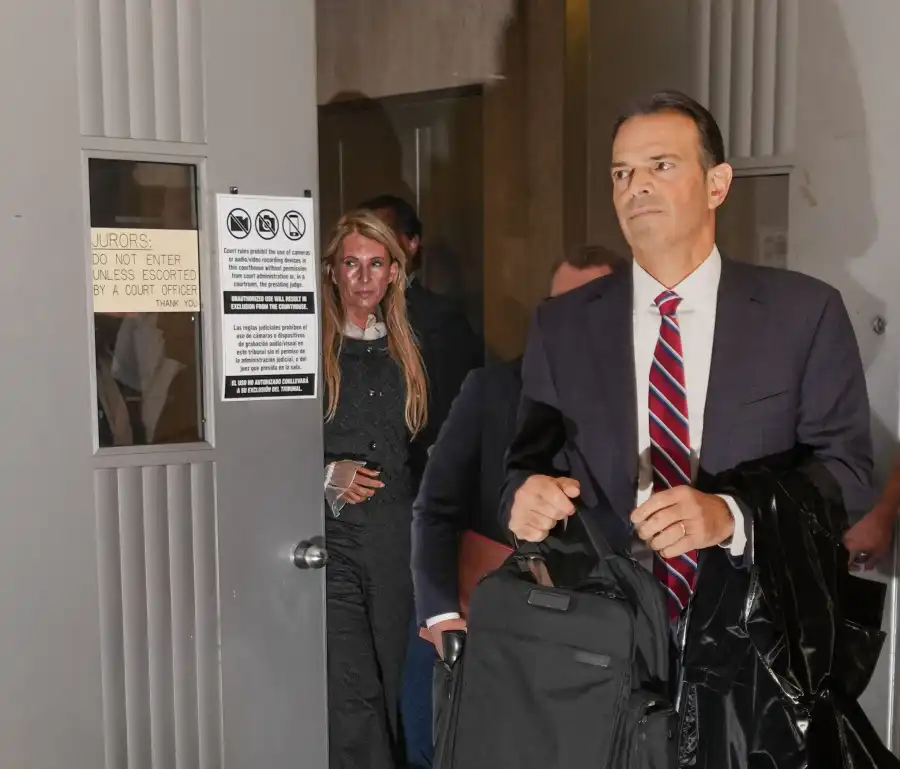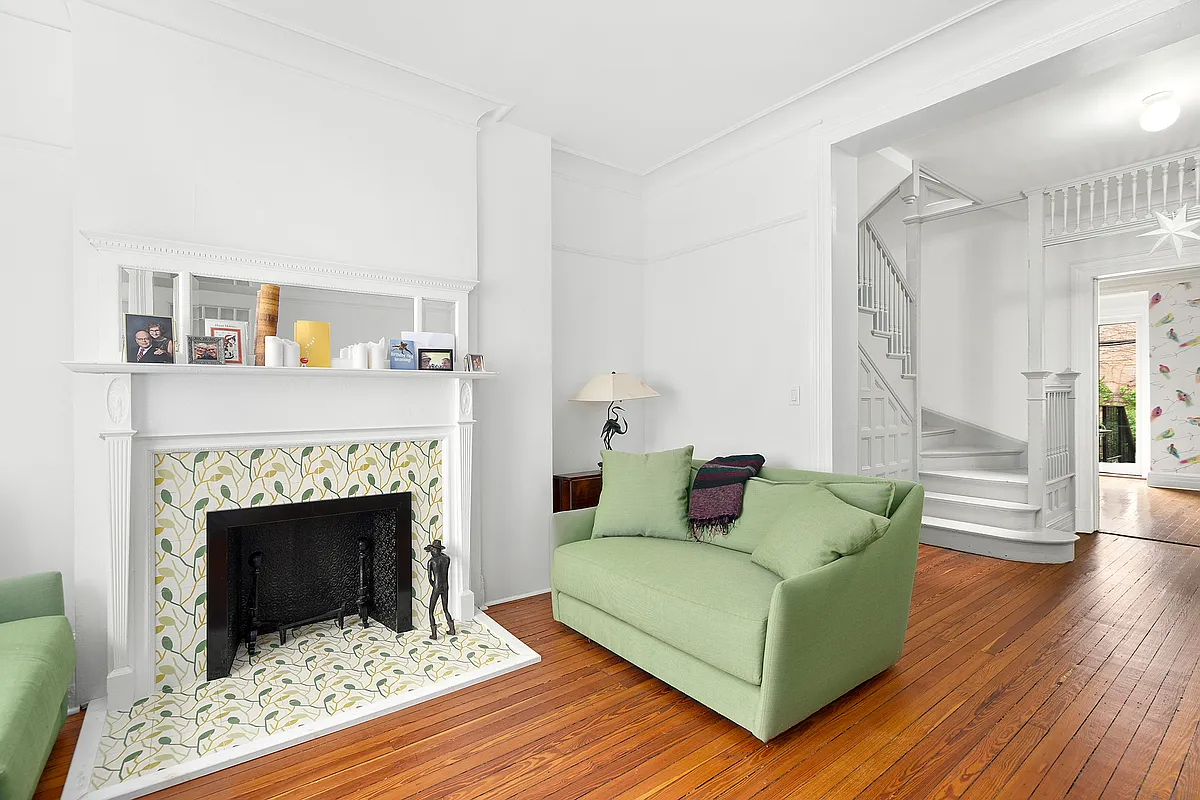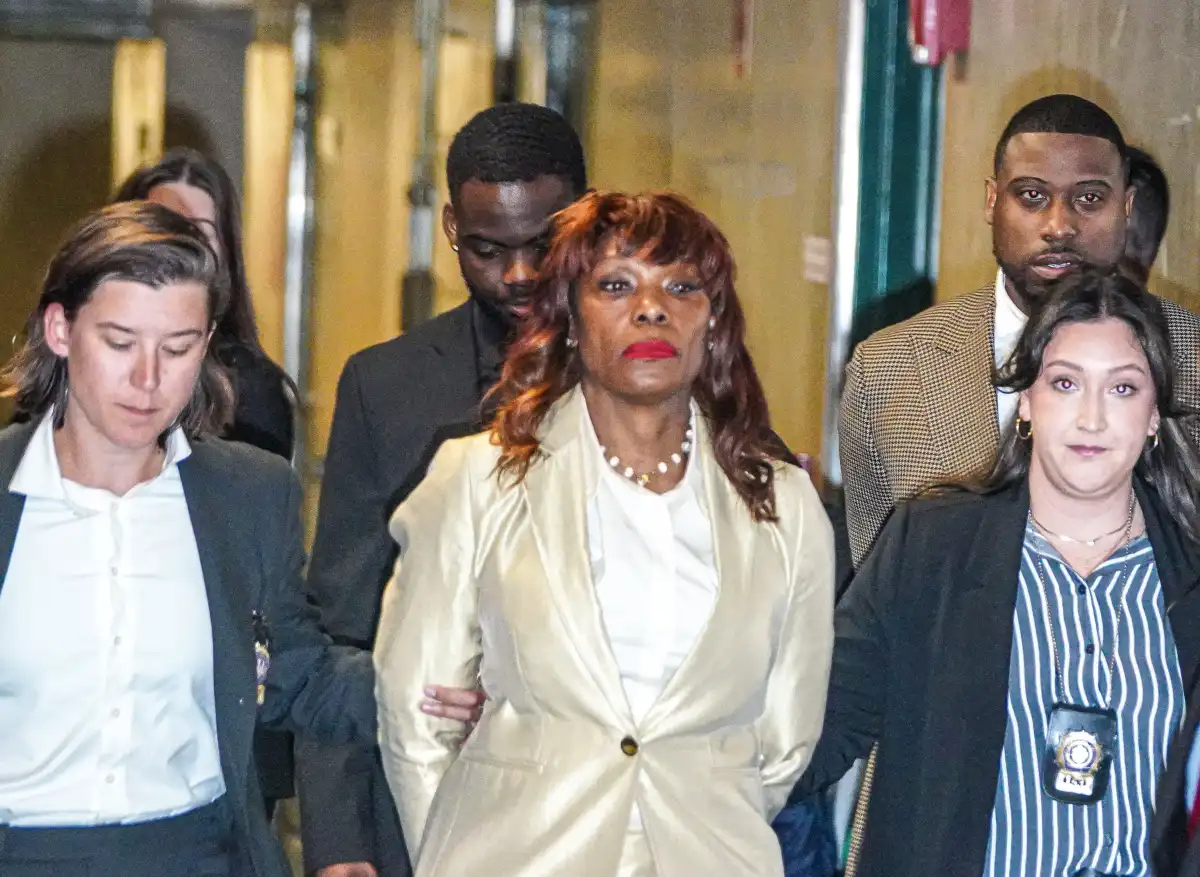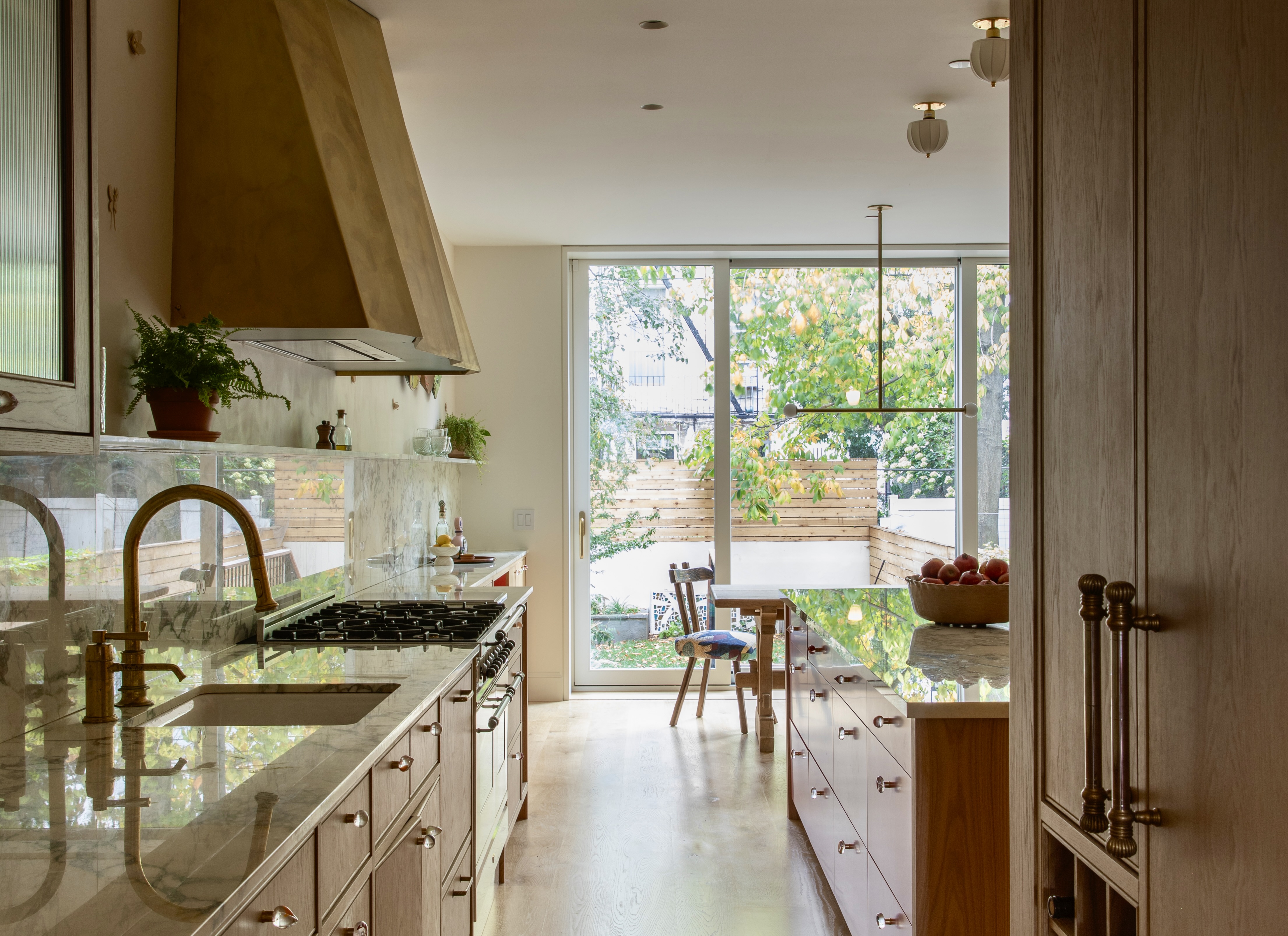Greenwood Heights Project Scores LEED Platinum Rating
The architecture firm of Coggan + Crawford won a Building Brooklyn Award in 2008 for the building at 270 21st Street in Greenwood Heights. They’ve now followed up with another project next door that’s notable for its environmental friendliness. The four-story, four-family building at 272 21st Street has just been awarded a LEED Platinum rating,…


The architecture firm of Coggan + Crawford won a Building Brooklyn Award in 2008 for the building at 270 21st Street in Greenwood Heights. They’ve now followed up with another project next door that’s notable for its environmental friendliness. The four-story, four-family building at 272 21st Street has just been awarded a LEED Platinum rating, the first residential project in Brooklyn to achieve that status. Very cool.
Coggan + Crawford on 21st [Brownstoner] GMAP
Photo by Danny Wicke





Y’all – if there were no LEED, someone would have to invent it. Without an industry consensus standard (which LEED is, for better or for worse) all you are left with is a bunch of people making claims that may or may not be true. I agree it’s cumbersome and expensive for most brownstoner-scale projects, but as overall project size and costs go up, the relative expense of LEED goes down, and it is more affordable to pursue.
In some ways, it’s a pity that we have to champion a label for building – “green” – that is thought of as simple common sense throughout the rest of the world. The trouble is that so much of our construction here is bad and cheap and wasteful, due to greed, a poorly educated and barely trained work force, a totally constipated permitting bureaucracy – am I leaving anything out? Oh yeah – crappy architects who will stamp anything for money.
Anyway, the idea is that calling a building “green” without undergoing the rigors of something like LEED certification is a bit like playing air guitar – it sounds great in your head, but put a real instrument in your hand … I’m impressed that this little building got LEED Platinum. For all of LEED’s flaws, the developers couldn’t have earned this level of certification unless the project really was “green.”
Green, schmeen…as long as it’s contextual and responsible development…that doesn’t have an impact on the community and damage adjacent properties (the majority of the developments in the area!), the the “green” aspect is icing on the cake.
I agree with IMBY, the certification seems to benefit the industry over the developer. And tybur6 has a good point, so many small ways to be “green” w/o breaking the bank.
And to add (and to more directly respond to BSD), most of the things in LEED certification are very much long-term things in terms of cost savings. But then there are lots of things (and techniques) that are environmentally friendly that only add a little to the costs (and could become mainstream and the cheapest choice if enough people use it — think costs for VCRs and DVD players)
Things like low- or non-VOC paints. Recycled materials for entrance rugs and flooring. Proper insulation and heat exchangers to improve “passive” heating and cooling… and so on
Rob, it’s kind of like entering Pageants. There is lots of money in selling and competing in the idea of being “green”.
There is a debate going on in the construction industry whether Leed Certification is already on it’s way out. This will all be redundant as our government adopts this environmental philosophy into new building rules and codes.
Yeah, CMU is right. LEED certification (or similar) should be your guide… and then you do what is most important.
For example, an office building 50 miles from civilization can get LEED “points” for having a bike rack. Not helpful. But may suffer if they do something else that deviates from the “standard.”
The problem is that a lot of funding for public buildings requires *actual* certification. Though, this is slowly becoming less the case. For example, I think any new construction at CUNY now be “according to LEED principles,” but not necessarily LEED certified. In other words, the architects and engineers will still be LEED-type folks… but they can save a HUGE chunk of change by not pursuing the actual certificate.
Actually LEED is very legit, and getting platinum–the highest level–is a really big deal. I’m impressed.
Mr. B changed it! HA! We have a very responsive Blogmeister!
LEED may be flawed but it is a good indicator of green-ness. It is bureaucratic and self-serving (you get 1 point for having a LEED-certified professional do the LEED work on your project, I believe ). And some things are plain weird: a point for a grill at the entrance so your toxic foot trackings are captured before you enter the building envelope, for example. And don’t even think of having ashtrays ;). With my faulty memory I’ll be proved wrong, but it does not invalidate my premise.)
It’s also quite expensive since you have reams of documentation to show.
I think the best thing is to sow the LEED principles but not actually go for the certification, so your costs are lowered. But then there’s no bragging rights.
This is what privatizing what should be a public policy gets us.
“mixed-back of architectural styles”
Sorry, meant “mixed-bag…”